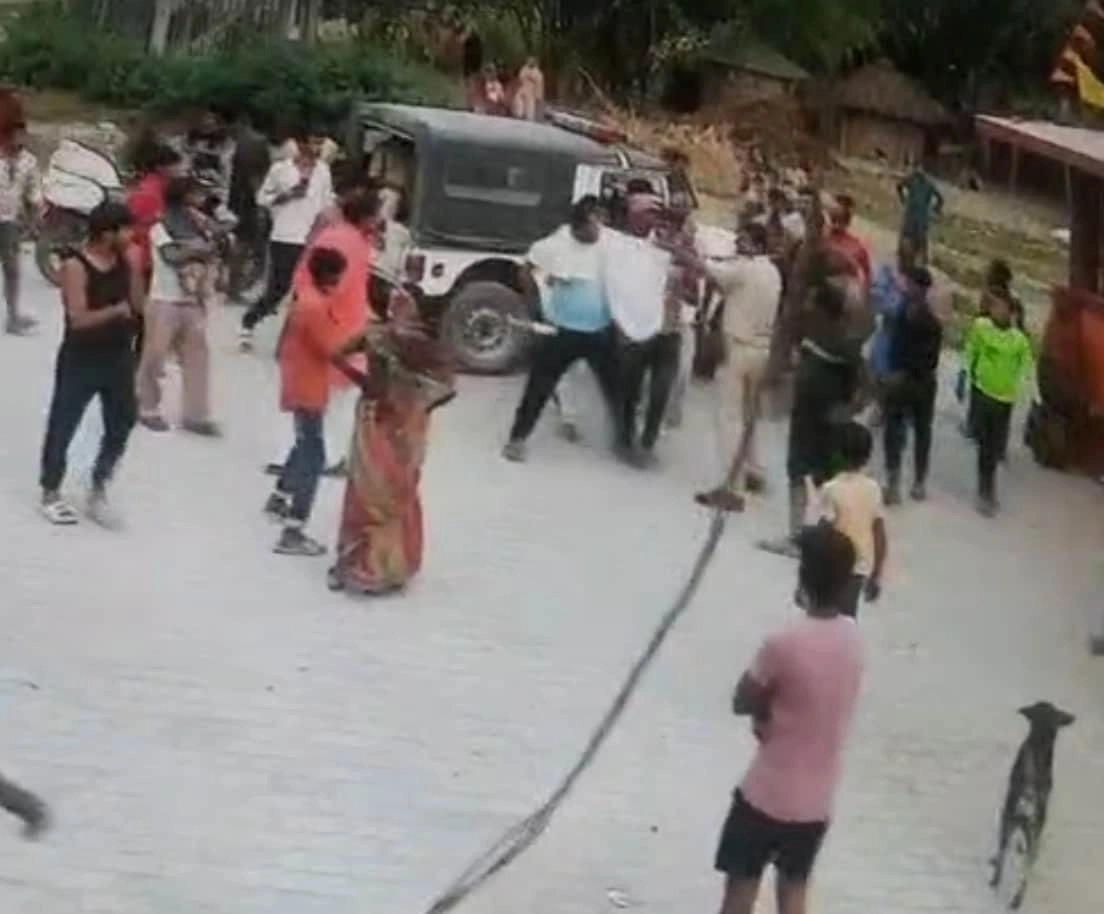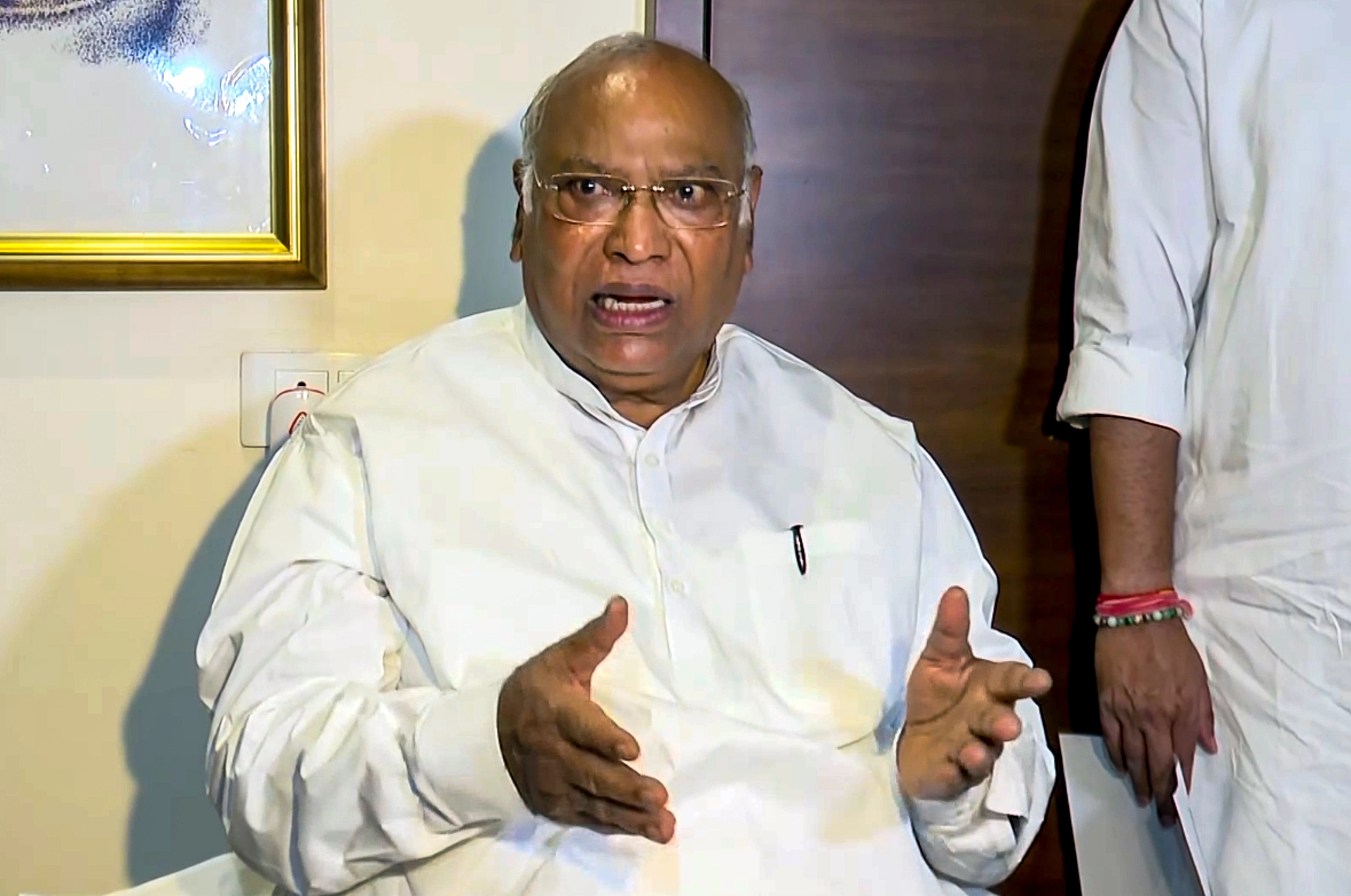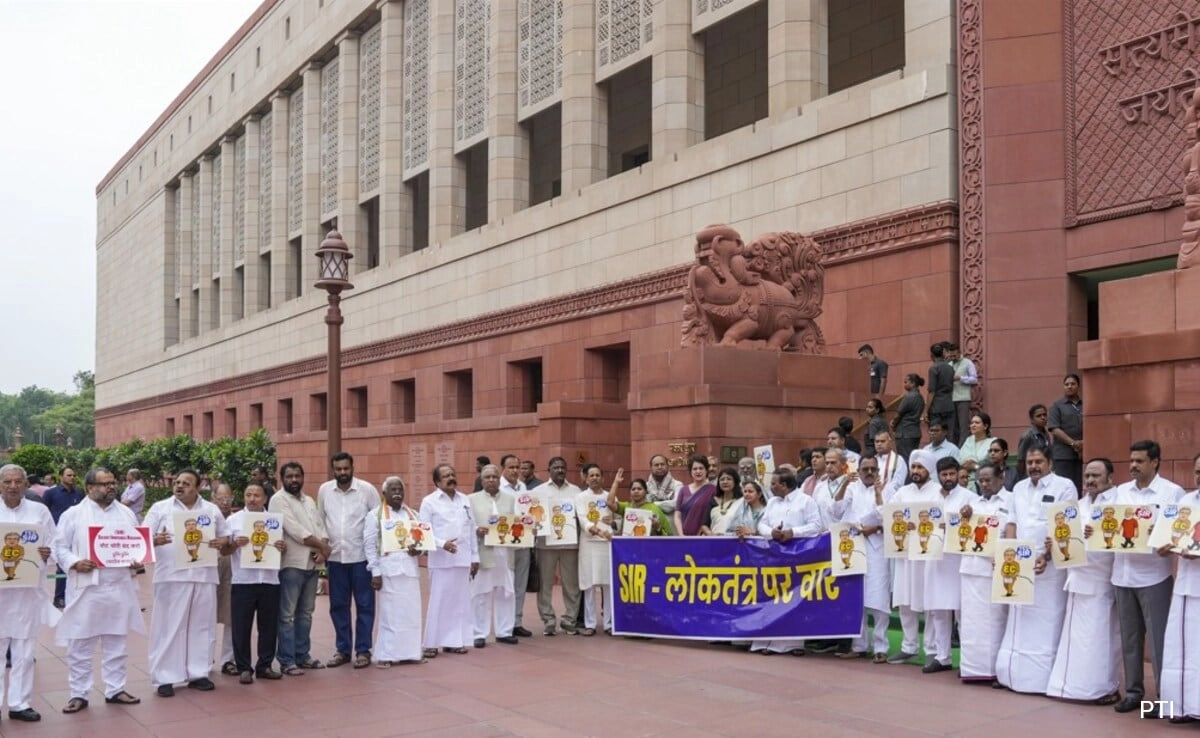In a shocking incident that unfolded in Bihar, a group of villagers aggressively confronted police officers who had arrived to apprehend several men suspected of public intoxication. The confrontation, captured on camera, highlighted the tense relationship between law enforcement and local communities in certain areas of India. As police attempted to carry out their duties, they faced unexpected resistance from the villagers, who rallied to defend the accused men. This clash not only raises questions about law enforcement’s authority but also reflects deeper societal issues regarding the enforcement of laws in rural settings.
The video footage shows villagers surrounding the police, denouncing their actions and demanding the release of the detained individuals. The situation escalated quickly, with some villagers resorting to physical aggression against the officers. This response underscores a significant challenge for police in rural regions, where traditional norms and community ties often clash with formal law enforcement. The villagers’ actions can be interpreted as a display of solidarity and protection for their own, illustrating the complexities of enforcing laws in close-knit communities where alcohol consumption may be culturally normalized, despite its legal repercussions.
Moreover, the incident serves as a reminder of the ongoing struggle between maintaining public order and respecting local customs. In many parts of India, alcohol-related offenses are treated with varying degrees of seriousness, often depending on local attitudes towards drinking. The villagers’ defense of the intoxicated men suggests a broader resistance to external authority, particularly when it comes to issues seen as intruding on personal freedoms or community norms. This situation raises pertinent questions about the effectiveness of law enforcement strategies in rural areas and the need for a more nuanced approach that considers local cultural contexts.
As the video circulates on social media, it has sparked debates not only about police conduct and community dynamics but also about the broader implications for governance and law enforcement in India. The incident highlights the need for police to engage with communities in a more constructive manner, fostering dialogue and understanding rather than confrontation. Addressing the underlying social issues that lead to such conflicts is essential for creating a cooperative environment where law enforcement can operate effectively while respecting the values and customs of the communities they serve.




